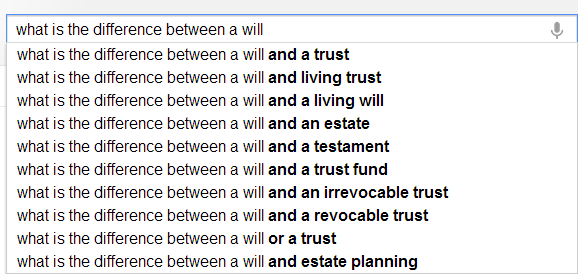If you write a newsletter or blog (and if you don’t, make sure you see me after class), you may struggle with finding interesting topics to write about. The law can be incredibly dry and arcane. Why would clients and prospective clients ever want to read about boring legal topics?
It’s a fair question. After all, if people don’t read your articles, they won’t act on them and, well, what’s the point?
Here are three ways to turn boring legal topics into something people want to read:
1. Write something else.
You don’t always have to write about legal issues and, frankly, you shouldn’t. In my posts, I often write about topics that aren’t overtly about marketing legal services. I’ll write about my wife’s dealings with various vendors, our cat, or anything else that catches my attention. It makes things interesting and provides a never-ending source of topics.
I do tie things together with some reference to marketing legal services, however, because that’s what you pay me for.
You can either start with a legal issue and look for something in your everyday life or outside interests to illustrate or contrast that issue. Or, you can do the opposite, that is, write about your dry cleaner, a movie, or something in the news, and relate it to a legal issue. Or neither. You don’t always have to write about the law.
2. Write about people.
Talk about your clients or other lawyers or judges. Talk about people in the news or in history. Tell stories about how people and the law intersect, how their lives were affected, or will be.
People are always more interesting than a code section or appellate decision. Stories are interesting because they have conflict in them and people want to know “what happened?”
Write about people. Tell their stories. Put most of the “legal stuff” in another article and link to it for those who want to know.
3. Write it anyway.
Boring legal topics are not boring to someone who is facing those issues. Write for those people.
When someone goes to a search engine, they are seeking information about their problem or objective. They want to read about the law, procedure, options, and risks. They want the details, even if most of your other readers (currently) do not.
Write for the person who wants to know.
Your other readers may skip over those articles, waiting for your next post about your cat’s antics or your crazy next door neighbor. They’ll stick around while you help someone with a pressing legal issue. They probably won’t read your posts that are pure legal content, but they’ll be glad to know that if and when they need that kind of information, they know where to find it.
Now, if you can just figure out a way to write a legal analysis post and illustrate it with a story about your cat using your Twitter account to send naked selfies to your neighbor’s puppy. . .
For hundreds of ideas for articles and posts, see Make the Phone Ring.








